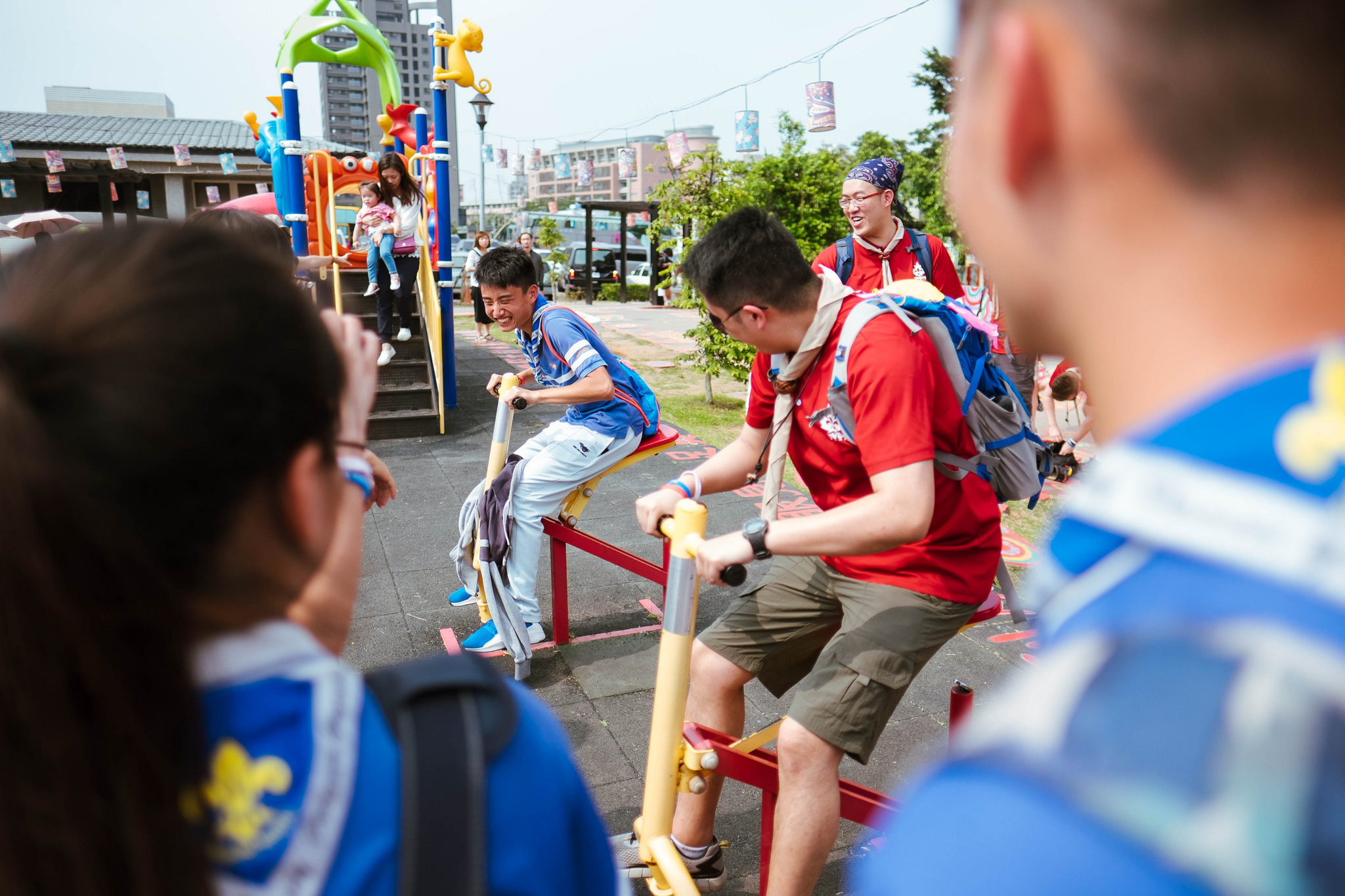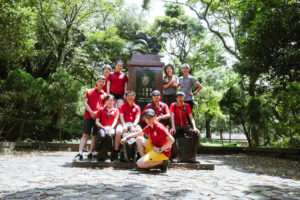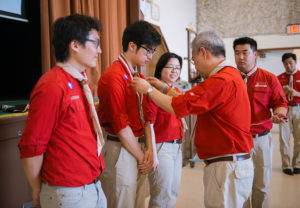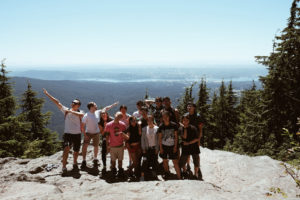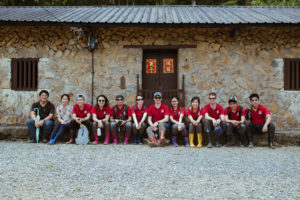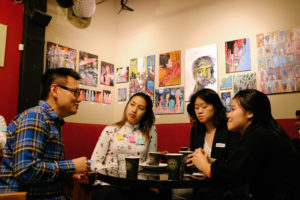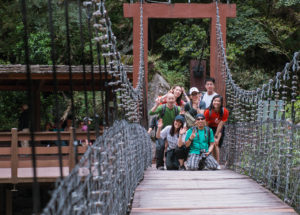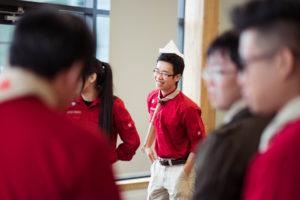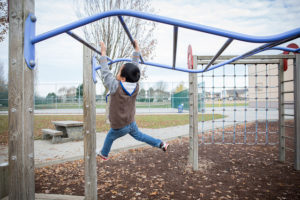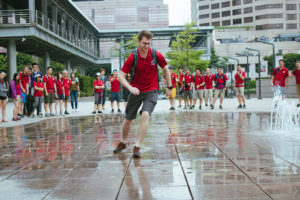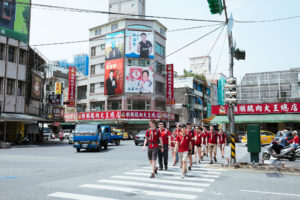By Henry Chow, Sandra Lee, and Elvin Lai
Behind every event is a story. As a photographer, it is your job to not only capture the rare and beautiful moments but also to give your audience more of a reason to care. Developing a concrete style will take time and patience. So how could you optimize your very limited time before, during, and after an event?
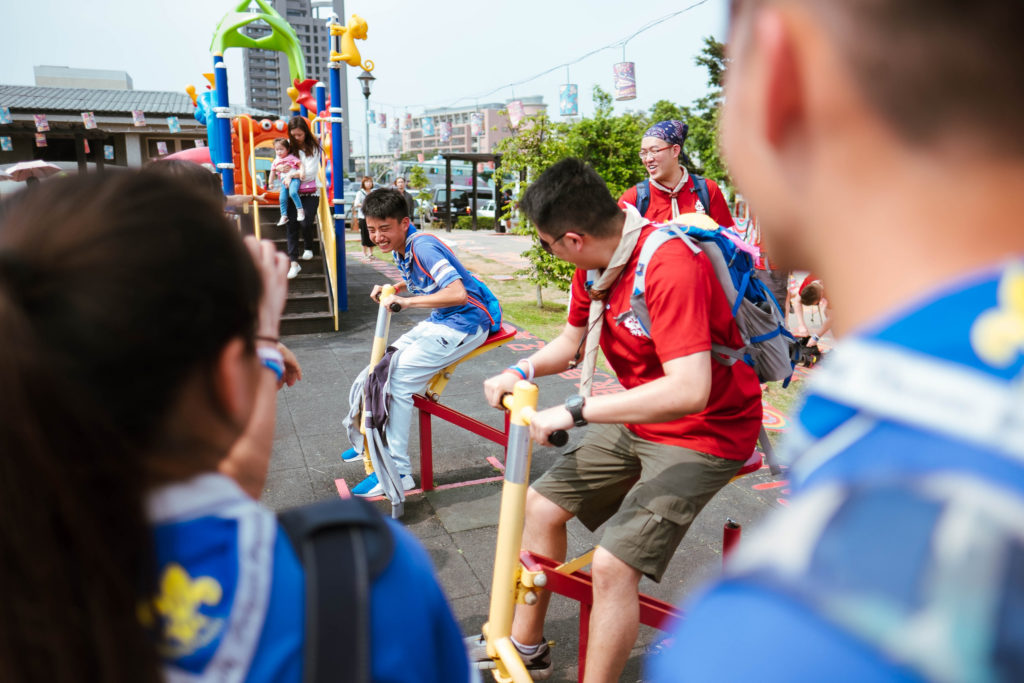
Our team of photographers has been covering our Rover Crew’s events for 4 years, and these are some of the concepts and best practices that we’ve developed together. Now that some of us have been doing this long enough to become freelance and contracted photographers, we would like to share what has worked for us.
Like every other job position, there are some key qualities you should have as a professional photographer. Good attention to detail is required so that you can notice and consequently adapt to changes in the environment while also keeping your photo compositions on point. Be open-minded with your subjects and most importantly, with your manager. Your manager hired you because of your unique artistic flair, but don’t let your focus on development as an artist stop you from seeing the big picture you were hired to capture. Last but not least, your ability to manage time well will make or break your career. Give yourself enough time to prepare for the event, plan your shots, take these shots, edit your photos, and send them out.
Let’s go over how to set up your camera for shooting indoor events, and cover some basics in composition:
Start with an open aperture. Either put ISO on auto or adjust accordingly to your exposure level indicator. Use the built-in flash if the subject is close and not beyond six feet away. Use the ceilings and walls to bounce off light. If you’re capturing movement, make sure to keep your shutter speed high. If you’re capturing stills, keep your shutter speed at a 1/60 minimum. Knowing how to creatively play with photo composition will add a degree of professionalism to your work. Foreground and background elements add more depth and personality to your photos.
Let’s get started!
- Before you start shooting, talk to the project manager.
Ensure that your visions align to avoid capturing a different story. The nitty gritty details about the mission and purpose of the event might not be included in the public description. For safe measure, ask some questions:
- What is the event about?
- What emotions do you want to capture?
- Are these photos going to be repurposed in the future? If so, what would they be used for?
- Is this event part of a series? If so, what are these other parts about?
Go over the agenda and figure out when and where you need to be on the floor. For longer events in larger venues, it might help to have a printed agenda in your back pocket.
- Always check your target.
Talk to your manager about who to photograph and who not to photograph. As a contractor, you will need to familiarize yourself with the corporate figures and make a list of everyone who did not give the company photo consent. This is one of the places where your attention to detail plays a crucial role. This will also save you time in the end when you’re filtering your photos because you will not be able to use any of the photos with glimpses of those who do not want to be in them.
- Know how your photos are going to be used. For instance, capturing the Rover Crew means archiving and reusing them for:
- Milestones
Although some may argue that candid or action shots may be more exciting, posed group shots shouldn’t be overlooked! In our Rover Crew, we take group shots to stamp a milestone on an important project close, to capture a gift, to capture an award ceremony, and to remember all the faces that were at a particular event. These group shots act as visual, sentimental attendance sheets that we often revisit, like a nostalgic family portrait.
- Flat lays and Posters
When taking photos, try to imagine how a graphic designer might add text to it. Your photos can be used for more than just a gallery – they can be used for magazines, social media, posters, and website headers.

- Spatial awareness and the Rule of Thirds
Apply the Rule of Thirds to play with different combinations of both environmental positioning and subject positioning with finding the right composition for your photos. A good photo should have:
- Clear subject matter
- Clear facial expression
- No blurred movements
- No accidental photobombs
We recommend allowing yourself 48-72 hours prior to the event to pre-plan your shooting strategy. However, last-minute changes could be made, so don’t be married to your plan and be flexible. We feel that 48 hours after the event is the acceptable time companies will wait for your photos to be ready for publishing.
If you’re worried about taking too long selecting and editing your photos, here are some tricks our team developed from our experiences during international service projects:
- If you know that you will not use a particular shot, delete it right away.
- Establishing our pre-sets on Adobe Lightroom (our preferred software) and then editing to colour-balance cut our post-production time in half.
- Although this can feel arbitrary, pick a number to determine how many photos is enough. We thought 20-25 photos per album (albums were published daily) was sufficient in telling our story of the day.
If you found this article to be helpful, let us know! Leave a comment below and share this with your friends!
Looking for more blogs about photography? Check out: http://pccrovers.com/2017/05/23/iproj-2017-capturing-moments-in-taiwan/
